#mary ainsworth
Text

MARY AINSWORTH
PS dello sviluppo che ha identificato 3 stili di attaccamento principali, che sono:
1. Sicuro: i bambini con attaccamento sicuro utilizzano il caregiver come base sicura da cui partire per esplorare il mondo. Quando il caregiver è presente, manifestano vicinanza nei suoi confronti, sono accoglienti, sorridenti, interagiscono positivamente con la figura di riferimento, esplorano l’ambiente ed esaminano i giocattoli presenti. Quando il caregiver è assente, il bambino potrebbe protestare leggermente per la sua presenza e manifestare segnali di stress e disagio, ma, dopo essersi calmato, riprende tranquillamente a giocare, anche con l’estranea. Al ritorno della figura di attaccamento, si aggrappa a lei, è sorridente e si lascia consolare.
2. Attaccamento insicuro-evitante: è caratterizzato da un bambino che tende a evitare o ignorare il caregiver - spesso la madre - mostrando poco o nessun interesse per l'interazione e il contatto affettivo. Questo comportamento è generalmente il risultato di caregiver non reattivi o emotivamente indisponibili, il che porta il bambino a sviluppare un senso di insicurezza e a diventare autosufficiente.
3. Attaccamento insicuro ambivalente: è caratterizzato da un comportamento di attaccamento molto intenso. I bambini con questo tipo di attaccamento tendono a essere estremamente sensibili alla presenza della figura di attaccamento e possono avere difficoltà a esplorare l'ambiente circostante. Inoltre, quando la figura di attaccamento si allontana, i bambini possono mostrare un'intensa reazione di distacco, come il pianto disperato. Infine, al ritorno della figura di attaccamento, i bambini possono mostrare comportamenti ambivalenti, come cercare la vicinanza ma anche mostrare rabbia.
Negli anni '90, Maine e i suoi collaboratori hanno aggiunto un ulteriore stile di attaccamento:
- Attaccamento Insicuro-disorganizzato: si riferisce a bambini che mostrano un mix di comportamenti evitanti e resistenti, spesso sembrano confusi o persino spaventati dal caregiver. Non mostrano un modello coerente di comportamento.
#mary ainsworth#ainsworth#stili di attaccamento#sicuro#ansioso-evitante#ansiono-ambivalente#insicuro-disorganizzato#insicuro-evitante#insicuro-ambivalente
0 notes
Text
I'm thinking about Mary Ainsworth's strange situation, in which a young being, not long after their birth, is left alone by their caregiver in a novel situation, and their response is documented
Not to be confused with Mary Shelley's strange situation, in which a young being, not long after their birth, is left alone by their caregiver in a novel situation, and their response is documented
0 notes
Text
Attachment Theory
Attachment theory is a psychological framework that explores the nature of human relationships, particularly those between children and their primary caregivers. Developed by British psychologist John Bowlby in the 1950s, the theory asserts that early experiences with caregivers shape the quality of one’s interpersonal relationships throughout their life.
Bowlby’s research, based on observations…
View On WordPress
#anxious attachment#attachment#attachment theory#avoidant attachment#disorganized attachment#John bowlby#Mary ainsworth#psychology#relationships#secure attachment
1 note
·
View note
Text
all cats have an insecure resistant attachment type
#mary ainsworth#strange situation#attachment styles#psychology#cats#cat#insecure resistant#attachment type#ainsworth strange situation#ainsworth
1 note
·
View note
Text

#lizzy grant#girl interrupted#girl blogger#gaslight gatekeep girlboss#girlblogging#girl interrupted syndrome#black swan#female hysteria#girlrotting#girlhood#female manipulator#manic pixie dream girl#marie antoinette#this is what makes us girls#cinnamon girl#pinterest#skins uk#cassie skins#cassie ainsworth#effy stonem#skins effy
81 notes
·
View notes
Text
literally me



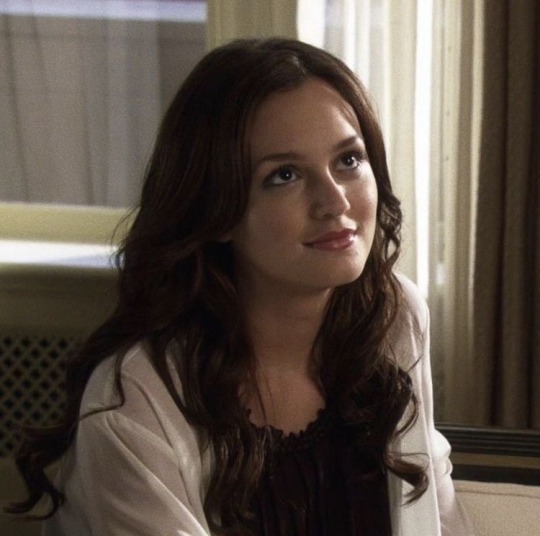



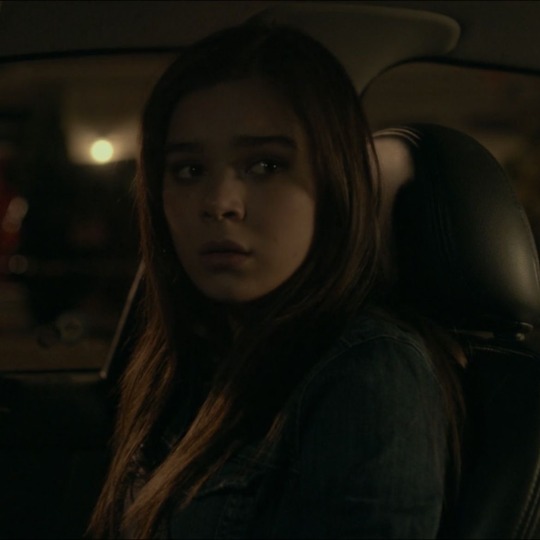
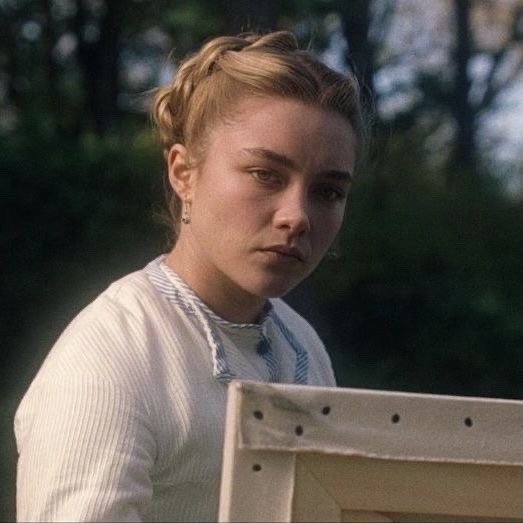
#cassie skins#nina sayers#black swan#lux lisbon#lisbon sisters#virgin suicides#blair waldorf#jane margolis#cassie howard#euphoria#cassie ainsworth#amy march#little women#coquette#girlblogging#girlrotting#female rage#girlblogger#literally me#femcel#girlhood#lana#megan fox#marie antoinette#pawn shop blues#venice bitch#daisy randone#girl interrupted#she is me#10 things i hate about you
99 notes
·
View notes
Text





The Virgin Suicides - Sofia Coppola
#the virgin suicides#lux lisbon#mary lisbon#therese lisbon#cecilia lisbon#bonnie lisbon#lisbon#lisbon sisters#sylvia plath#manic pixie dream girl#lana del rey#lizzy grant#grunge#mitski#nicole dollanganger#cassie ainsworth#hell is a teenage girl
92 notes
·
View notes
Text
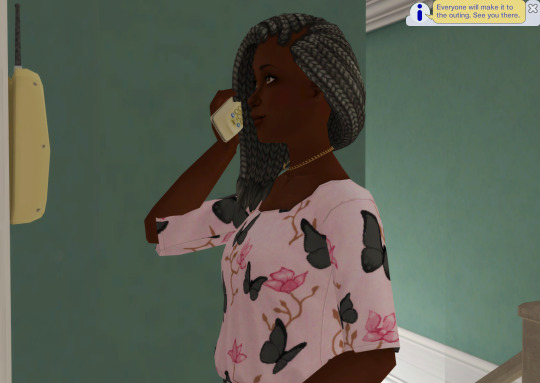
I got to play out a new ROS scenario I added during this round, starting a hobby club! Whitney made a group with all the adult or older Sims who share her music and dance hobby, and they all got invited over to hang out, and enjoy sharing their hobby together!
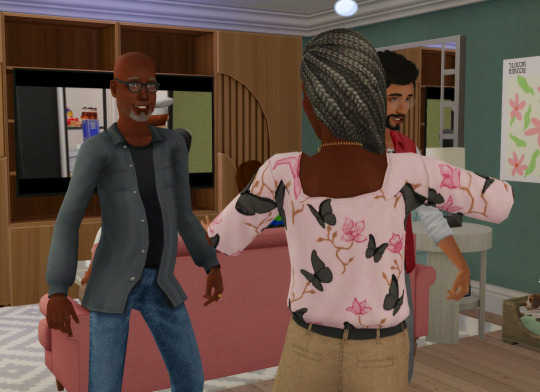
Everyone danced a lot, of course. Her brother Xander was there since they share the hobby - their parents both had it too actually!
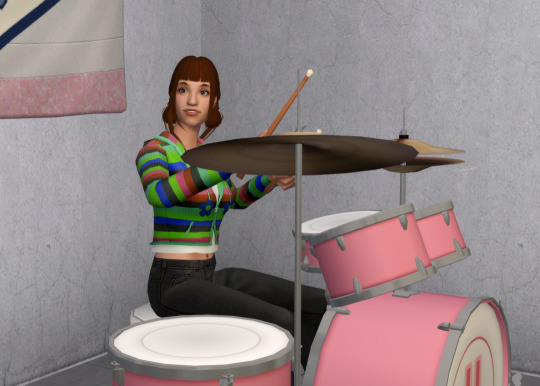
Marie was the first to find the drumkit in the garage!

Darius was having a good time too. Between dancing everyone was discussing music and dance too.
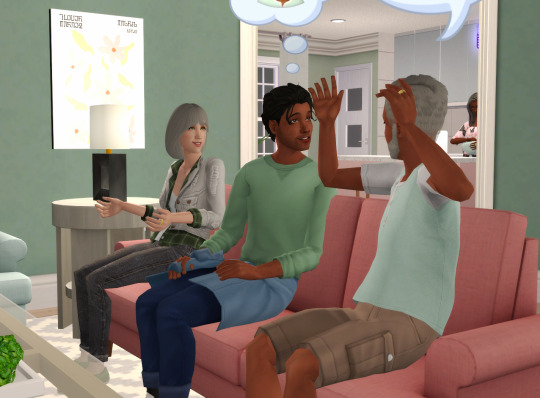
Cameron and Dave don’t share the same enthusiasm, but they still joined some of the guests at some point.
This was a lot of fun and setting up hobby clubs is something I want to do in future even without rolling the ROS for it!
#ts2 gameplay#ts2 maxis match#ts2 tumblr#ts2#simblr#ts2 simblr#maxis match#thesims2#sims 2#the sims 2#brightmaple#whitney perry#xander dionne#darius amiri#marie gates#hollie webb-ainsworth#cameron perry#Dave Perry
33 notes
·
View notes
Text

live by faith
#ethel cain#nicole dollanganger#gloomy coquette#gloomy#dark coquette#soft grunge#academia#grunge academia#hate school#teenage dream#skins#cassie skins#cassie ainsworth#sky ferreira#2014 tumblr#catholicism#jesus#mary magdalene#fka twigs#angelic
12 notes
·
View notes
Text
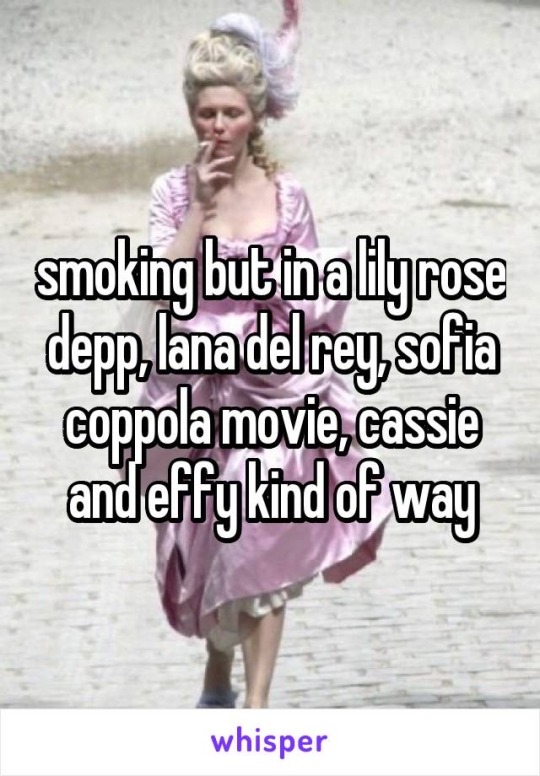
#lily rose melody depp#lily rose depp#alana champion#alanabc#lana del rey#lana del rey aka lizzy grant#lizzy grant#kirsten dunst#sofia coppola#the virgin suicides#marie antoinette#skins cassie#cassie#cassie ainsworth#effy stonem#effy skins
39 notes
·
View notes
Note
I’m so glad you agree that Anakin would read waaaaay too much into the ketchup on his plate thing. He would go Obi-Wan only kissed me 74 times today :( and didn’t even say he loved me after the last one :( are we fighting? :(
anakin turned to the darkside because the daily 'i love you so so much, you are the light of my life, i am completed and enriched by you' note that obi-wan left for him that morning only has xoxo instead of xoxoxo, i forever love you on it and he spiralled. happens to the best of us, ig?
#its amazing that anakin has every attachment issue and every attachment style EXCEPT secure attachment#mary ainsworth get in here and study this boy#bongrip answers
8 notes
·
View notes
Text
does anyone else have like pet scientists. i found myself penciling a little "yaaay" in my notes when the name ainsworth showed up in them. blorbo from my textbook
#mary ainsworth and alice eagly and lawrence kohlberg are my top 3 psychology blorbos#freud is my poor little meow meow but i shant elaborate#hed LOVE to hear me say that
2 notes
·
View notes
Text

Utagawa Hirokage (Japanese, act. late 1850s), Fox Fires at Oji , “ Oji kitsunebi ,” ca. 1850-70. Color woodblock print. Mary A. Ainsworth Bequest, 1950.497
1K notes
·
View notes
Text
The Outsiders and Attachment
Ohhhhhkay y'all I finished my human development final two hours ago (we love exams that end at 10pm) and I'm currently functioning on two hours of sleep and and a wee bit of hysteria but part of my cramming studying today was focused on attatchment styles and it was super easy for me to link these to the outsiders so here you go (Im sleep deprived and a psych nerd so this might get rambly and chaotic and hard to follow and LONG- you have been warned)
Ok SO first a shit ton of background info because I love psych. Basically there was this experiment conducted by this psychologist lady Mary Ainsworth and her goal was to measure and catalogue attatchment in infants so she set up this 'strange situation' experiment which (coles notes version) basically involved babies and their mothers being in a room and then leaving the kid alone with a stranger, mom returning, and then leaving the baby completely alone in the room, and they looked at all sorts of behaviour in these babies, things like levels of distress, whether they engaged with the stranger in the presence of their mom vs when they were alone, but the main thing they were interested in were the babies reactions upon being reunited with mom. Ainsworth observed 3 trends in babies and grouped them based on their behaviour.
Group A - babies who didn’t care if they were left with a stranger, and were uninterested in reunion with their mothers. A1 was babies with no interest with their mother, A2 was babies with slight interest in their mom and a desire to stay away from them
Group B—babies who may or may not have been distressed at separation, but were happy to be reunited with their mothers. B1 was babies not distressed at separation and slight interest at reunion, B2 was babies who were mildly distressed at separation, and approached caregiver at reunion, B3 was babies who were mildly distressed at separation and actively sought contact at reunion.
Group C – babies whose behaviour was not consistent at reunion (sometimes would engage with caregivers and then immediately run away). C1 was babies who were very distressed at separation, and C2 was babies who were very passive and did not respond at all to separation
*Note: mild distress would be whimpering and crying, very distressed would be like screaming and beating the ground with their fists kinda thing*
A N Y W A Y here's when things get interesting IMHO because these behavioural trends are the basis of our attachment styles
Group A babies have what's called an Anxious-Avoidant (also sometimes known as Dismissive) attachment style to their caregivers- these babies don't know if their caregiver will be retuning and they don't expect to be reunited. Parents of babies with this kind of attatchment style are visibly unhappy to be with their offspring and their resentment/displeasure is clear enough that babies as young as a few months old can pick up on it. Approximately 20% of babies fit this attatchment style
Group B babies have what's known as a secure attatchment style. They're your run of the mill happy babies, and their needs are met consistently enough by their caregiver that when their caregivers are out of sight, not only do they expect a reunion, they're happy to be reunited. This is most likely due to the aforementioned consistent care. A lucky 80% of babies fit this attatchment style.
Finally we have our Group C babies, who have an Anxious Ambivalent attachment style. Babies in this group have conflicting emotions to being left alone. (some babies might be screaming when the caregiver leaves, others are so apathetic as to have been considered unbothered by researchers). Babies with this attatchment style usually have caregivers who are unresponsive to their needs. These are babies who are abused or neglected, who have no sense of security or routine. apprximately 10% of babies fit this attatchment style.
*Also important to note that babies can have different attatchment styles with different people.*
ANYWAY so while I was studying earlier I sorted the outsiders characters based on what kind of attachment style I think they'd have as babies (fun fact- you often carry your initial attachment style with you throughout your life unless you consciously work to fix it)
Goup A (Anxious-Avoidant)- Steve & Tim Shepard
-Steve's mom split and we know his dad routinely kicks him out even though it isn't usually permanent. To me, it makes sense that his parents would do the bare minimum to make sure he was decently ok as a kid, but their resentment would be clear that even toddler steve could pick up on it. Thus we get sullen little Steve, who avoids or is indifferent to being left in a playpen by himself, and doesn't care when he is eventually picked up
-I like to think Tim Shepard's ma was a little different when he was a baby than when Curly and Angela were born, and while I don't think she was ever a great mom I think she might have given it a go, even though she wasn't the most attentive and was bitter about having him. Thus, Tim becomes another dismissive baby, who doesn't notice or care when he's left to his own devices
Group B (Secure) - The Curtis boys, Two-bit Matthews, Dallas Winston (to his mom)
-We know from the book the Curtis kids had a happy childhood, and that Two-bit's mom is lovely even though she works a lot. thus, we get healthy secure attatchments for these boys
-I like the headcannon Dally had a happy(ish) childhood and was a total mama's boy when his mom was still alive so I think he'd form a secure attachment to her at least.
Group C (Anxious-Ambivalent)- Curly & Angela Shepard, Johnny Cade, Dallas Winston (to his dad)
-This one involves little explanation. I think Curly and Angela (who I hc as twins) were definitely oops babies and by then the Shepards ma was too far into alcoholism and hatred to even attempt to parent, thus Angela and Curly never got used to her being around so the didn't notice when she wasn't. (The securest attatchment they formed was to Tim.)
-Johnny very clearly wouldn't form an attachment to either parent though I could see him being the type who's confused, especially when he was young, because I don't think the Cades were 100% horrible from day one. I think as a baby he would have never known if he was gonna get a cuddle or a kick, so he'd be the baby screaming when left alone, then running up to his parents and away when they came back to whatever room they'd left him in. Lots of turmoil and confusion poor thing, leading to the anxious-ambivalent attatchment
-We know Dally didn't like his dad, so I think an anxious ambivalent attachment, one characterized with a baby dally not noticing or caring when his father is around or when he leaves or returns to be the most likely of the attachment styles for him (i hc he was indifferent to him until dally got a bit older and mouthier and thats when the physical abuse started).
ANYWAY sorry this was so long I'm just a psych nerd who psychoanalyzes fictional characters for fun. If you actually read to the end of this bullshit you're a real one fr.
#the outsiders#ponyboy curtis#darry curtis#sodapop curtis#two bit mathews#steve randle#angela shepard#curly shepard#johnny cade#headcanon#dallas winston#dally winston#tim shepard#lovelythoughts
57 notes
·
View notes
Text
i always need to be the most cecilia lisbon white babydoll dresses nicole dollanganger ribbons and lace that scene of cassie ainsworth dancing on the bench frilly socks with mary janes lizzy grant bitch in the room
200 notes
·
View notes
Text
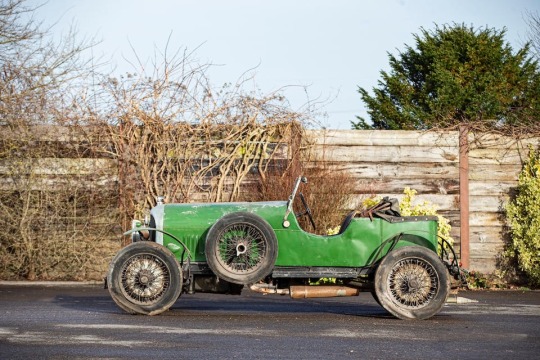

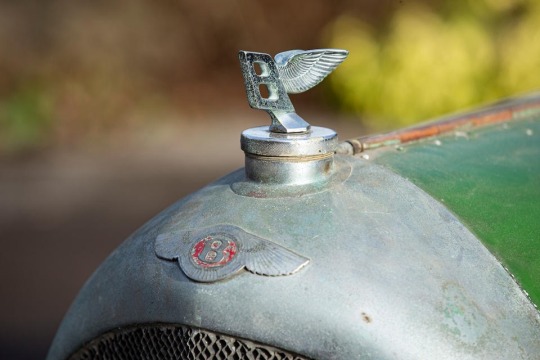
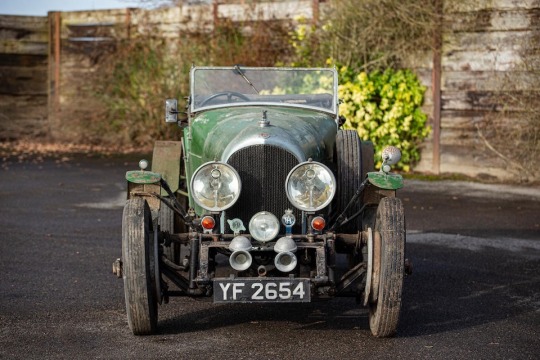
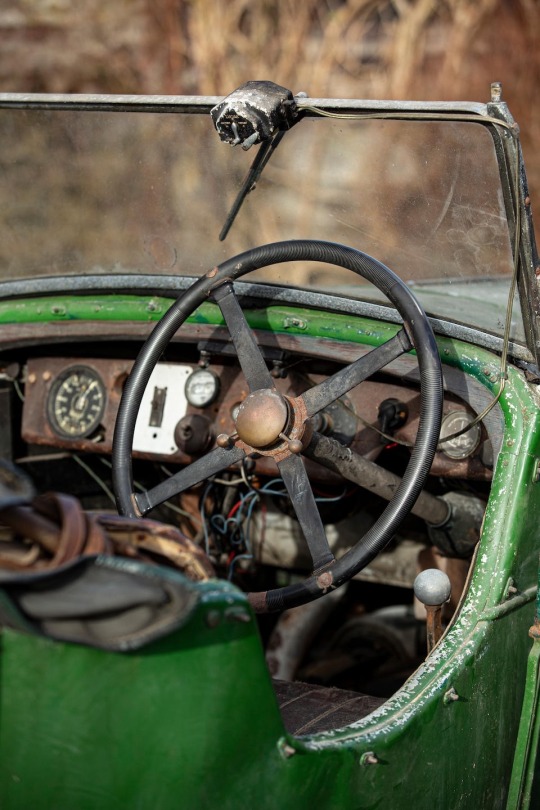
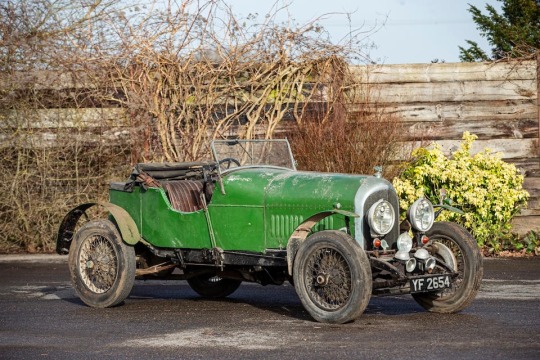
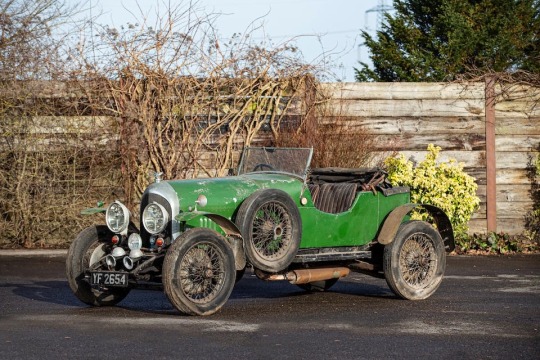
1927 Bentley 3-Litre Sports Project
Registration no. YF 2654
Chassis no. TN1566
Engine no. TN1567
• Originally an Offord-bodied coupé
• Matching chassis and engine
• Family owned since March 1957
• Garaged unused for some 50-plus years
• 'Barn find' offered for restoration
With characteristic humility 'W O' was constantly amazed by the enthusiasm of later generations for the products of Bentley Motors Limited, and it is testimony to the soundness of his engineering design skills that so many of his products have survived. From the humblest of beginnings in a mews garage off Baker Street, London in 1919 the Bentley rapidly achieved fame as an exciting fast touring car, well able to compete with the best of European and American sports cars in the tough world of motor sport in the 1920s. Bentley's domination at Le Mans in 1924, 1927, 1928, 1929 and 1930 is legendary, and one can only admire the Herculean efforts of such giants as Woolf Barnato, Jack Dunfee, Tim Birkin and Sammy Davis, consistently wrestling the British Racing Green sports cars to victory.
W O Bentley proudly unveiled the new 3-litre car bearing his name on Stand 126 at the 1919 Olympia Motor Exhibition, the prototype engine having fired up for the first time just a few weeks earlier. Bentley's four-cylinder 'fixed head' engine incorporated a single overhead camshaft, four-valves per cylinder and a bore/stroke of 80x149mm. Twin ML magnetos provided the ignition and power was transmitted via a four-speed gearbox with right-hand change. The pressed-steel chassis started off with a wheelbase of 9' 9½", then adopted dimensions of 10' 10" ('Standard Long') in 1923, the shorter frame being reserved for the TT Replica and subsequent Speed Model. Rear wheel brakes only were employed up to 1924 when four-wheel Perrot-type brakes were introduced.
In only mildly developed form, this was the model that was to become a legend in motor racing history and which, with its leather-strapped bonnet, classical radiator design and British Racing Green livery, has become the archetypal Vintage sports car.
Early success in the 1922 Isle of Man Tourist Trophy, when Bentleys finished second, fourth, and fifth to take the Team Prize, led to the introduction of the TT Replica (later known as the Speed Model and identified by the Red Label on its radiator ) on the existing 9' 9½" wheelbase, short standard chassis. Bentley had made approximately 1,600 3-Litre models when production ceased in 1929, the majority of which were bodied by Vanden Plas with either open tourer or saloon coachwork.
Dr Clare Hay's authoritative work, Bentley, The Vintage Years, records the fact that chassis number 'TN1566' (with engine number '1567') was completed in April 1927 on the long standard 10' 10" wheelbase chassis with coupé coachwork by Offord. Hay records that 'TN1567' was first owned by one W A Thompson and registered as 'YF 2654', noting: "Now 2 seater on 9' 0" wheelbase." It is not known when this modification was carried out.
The next ownership record we have is an old-style buff logbook issued on 1st June 1950 listing four owners: Arthur Ratcliffe Ainsworth of Dorking; A B B Woodburn of Bolesworth; Bursledon Autos of Sholing; and one Miss Mary Louisa White, BSc, who registered the Bentley on 2nd March 1957. Miss White appears to have been a most enthusiastic owner, a view supported by the numerous Bentley Drivers Club membership cards on file, mostly dating from the late 1950s to the mid 1970s, while there are also some spectator's passes, an RAC membership card and a VCC official's badge. According to the deceased's family, Miss Mary Louisa White passed away in 2005 and was the last known person to drive the Bentley in the late 50s or early 60s. 'YF 2654' was then left to Miss Nicola White, (the last recorded keepers' niece) along with the property where the Bentley was kept. Miss Nicola White passed away in July 2023.
Additional documentation includes assorted correspondence, sundry bills, insurance paperwork, a later buff logbook (1963), an old-style V5 registration document, and four MoT certificates, the most recent of which was issued in 1964. The most recent tax discs on file date from the 1960s, so it seems reasonable to conclude that the Bentley was taken off the road sometime towards the end of that decade. It has remained in the owner's garage ever since, concealed beneath a variety of non-Bentley-related clutter, and is presented in 'barn find' condition, ripe for sympathetic restoration. Sold strictly as viewed, 'YF 2654' represents a wonderful opportunity to bring a long-forgotten 'W O' Bentley back to life.
Bonhams
11 notes
·
View notes